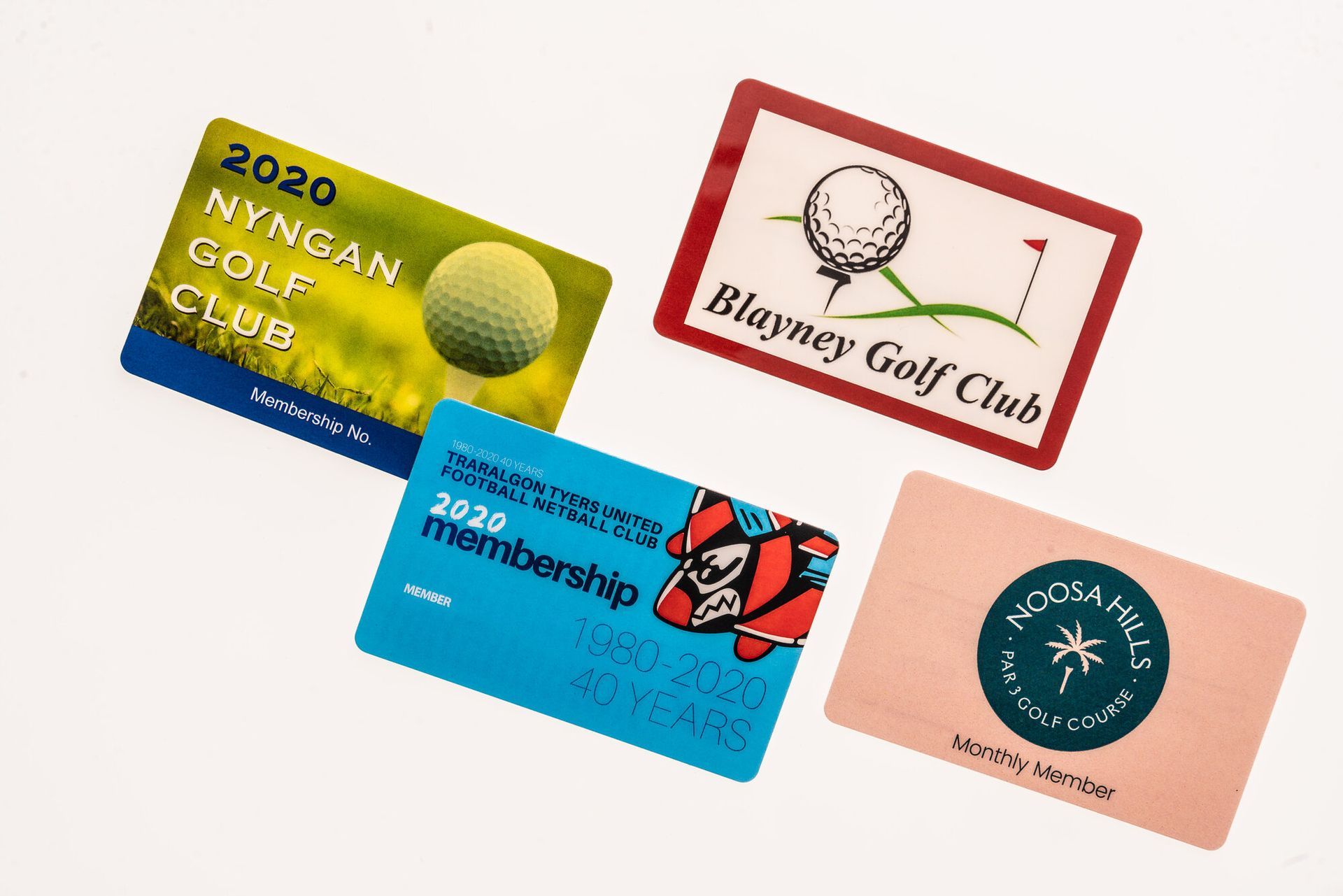Blog Layout
Check out those facilities!
Ron Browne • August 13, 2021
As Sir Winston Churchill famously said

Check out those facilities!
As I write this article, most of NSW is in COVID lockdown. Greater Sydney, Central Coast, Illawarra and the Blue Mountains are in their seventh week and projections currently are for another eleven weeks. If that comes true, hospitality – the first to be shut down every time – will have been in lockdown and unable to trade for 18 weeks!
Some venues can do a small amount of takeaway business, and some have offered their venues to the health services for either COVID testing or vaccination centres, or both. Elsewhere, portions of the rest of the state are either in shorter lockdowns or in reduced operating mode – where you can only have one person per four square metres on premise, staff have to wear masks and room capacities need to be observed. Who’d be in hospitality right now – right?
So, for those boards and senior executives of clubs and owners of pubs, restaurants and cafes, now is actually a fantastic opportunity to review your facilities. There are two modes of review you should be thinking about –
- the standard of your existing facilities and going forward,
- what facilities will you need to service your customers in a COVID ravaged marketplace and survive as a business?
Current facilities
Many hospitality businesses were just starting to recover from the first round of COVID and we had some reasonable trade from the start of the year till 25th June, when whammo, let’s go back into lockdown. Did you accrue funds to do anything other than pay off debt incurred during 2020, trying to survive and meet rent and wages commitments? Probably not, but if you were able to, you’re probably draining those resources now. So, what I am about to suggest will probably raise the ire of some, however this is a review and execution process that can be implemented when finances and trading conditions allow.
What condition are your current facilities in?
X
Are your bar fridge(s), glycol system(s) and cool room(s) fully functional and not breaking down constantly?
X
Is your kitchen, including stoves, ovens, exhaust fans, grease traps, deep fryers or salamanders, clean and well maintained?
X
How old is your air conditioning (Heating Ventilation and Cooling HVAC) system(s) and what maintenance or repairs do they require?
X
What state are your premises in – carpet, paint, furniture, toilets, roof, carpark (if you have one) and disabled access and amenities?
X
For sporting clubs, how are the bowling green(s), football field(s), tennis court(s), golf course and marinas for boat clubs?
X
Any club or pub with a gaming room – how many machines do you have/need on the floor, how old are they and are they popular games?
X
What is the status of your in-house IT systems – hardware and software – for point of sale (POS), membership, gaming and rewards?
X
If you have a courtesy bus, is it new or used and abused, and on its last legs?
This is more about utilising the enforced down time to do a full audit of the premises and facilities you offer, to consider where they are in their lifecycle and what your next step might be in a maintenance or replacement cycle.
How many of you have an Asset Register which lists all your assets, records when an item was purchased, its purchase price, its estimated useful lifespan, identifies the depreciation rate and allows you to plan for replacement? I feel like the larger more sophisticated organisations will have these and the smaller ones may not have thought about it. Your accountants might have a de facto asset register for you on big ticket items, through your depreciation schedule, but you need to cover off the other things that may not have ever been listed.
If you do this now, whilst you have the time, you have the benefit of not being distracted by trading and can assess all assets critically. Make the list of everything and then add in four additional columns:
X
Current condition
– New / Good / Fair / Poor / Unserviceable
X
Options
– Maintain / Repair / Replace
X
Cost
– analyse what the option will cost
X
Timing
– for any of the three options above, you can prioritise what needs to be done more urgently and what can wait and trade that off against the cost involved, to decide the timing
Obviously ‘mission critical’ buildings, facilities, plant and equipment should have the highest priority and those things that are not critical to trading when we re-open, can go further down the priority list. But don’t forget them! Put them in the plan and set some targets, as to when you have
to deal with them by, and start accruing funds to deal with them when the time comes.
Be ruthless in the assessment of things like the number of gaming machines you need on the floor (where this is part of your operation), because if COVID has taught us nothing else, it has taught us that smarter management of our electronic gaming machines (EGMs/pokies) yield the same or better turnover and returns than we were doing pre-COVID. Not to mention analysing and projecting use levels of things like the courtesy bus, the number of bowling greens and the kids play area (if you have one).
Going forward, you may not need the amount of facilities you used to need pre-COVID, so selling surplus assets and reducing the number of EGMs on your gaming floor (but retaining the entitlement for possible future re-use) and selling the physical machine, can start your accrual fund for other later repairs or purchases.
Future facilities
Polish up your crystal balls ladies and gentlemen…
If you have done a strategic planning session recently, to create a new plan or review an existing one, you will have considered whether your client base is growing, static or shrinking. You have probably considered the changing needs and wants in the community too, in terms of what they want at their local club, pub or restaurant.
A classic example for many clubs is the full-sized snooker table(s). Are these being used – regularly? Do the users contribute to the revenue of the club? Do you still need these in the club or would a pool table be a better investment and use of space? I know it can be heresy to say so, but if less than 20 people are using the table(s) at least once per week, why have you still got it/them?
For some clubs, the review of the local demographics is important too – is your client base aging, getting younger or staying the same? Depending on the answer to that question, what facilities do you need to provide or which ones can you do away with (no longer relevant or needed)?
You need to be innovative in your assessment of future facilities too. If you are in a growth area, is it growing with retirees or young families? What will the growing population really want for their entertainment and well-being. What will be the most pressing need –
X
Aged Care facilities
X
Child Care facilities
X
Gymnasium
X
Medical Centre
X
Shopping centre
X
Bowling alley
X
In house cinema
X
Supermarket
X
Service Station
X
Motel or other form of accommodation
X
Taxi service
X
Financial services (especially in regional towns that no longer have a bank)
X
Home maintenance service for the elderly and infirm
The list could be limitless, but now is a great time to be thinking about the future needs of your community. Perhaps set up a questionnaire in Survey Monkey (contact me for assistance) to put out into your community and amongst your members, to fill in and get up to date feedback on what they really need you to provide – now and into the future.
Then apply the same planning rationale in terms of need, cost and timings to the things identified to see how you can plan toward providing those new or additional facilities.
As Sir Winston Churchill said “Never let a good crisis go to waste”, so utilise the opportunity to rigorously review -
X
What do we have now?
X
What do we need now?
X
What will we need in the future?
Make the decisions and set the path for a secure future, by working towards maximising the return on investment of your facilities.
For more information contact Ron Browne, Managing Consultant 0414 633 423
or ron@extrapreneurservices.com.au

By Ron Browne
•
September 13, 2024
Four years after COVID hit, are we seeing the same aftermath as four years post GFC? Alan Kohler, the ABC’s Finance guru raised the question in the first year post the 2020 COVID pandemic, somewhat predicting that the most post COVID insolvencies might come four years later. The bulk of post 2008 GFC insolvencies occurred in 2012 and here we are in 2024 with insolvencies on the rise. Australian Securities and Investment Commission (ASIC) data supports this projected outcome with a 36.2% increase in External administrations (7,742 companies) for the period 1 July 2023 – 31 March 2024, compared to the previous corresponding period. Of these, accommodation and food service industries accounted for 15.2% (1,174 businesses). Some of these have been clubs and many clubs have waved the White Flag, looking to amalgamate with other club to save their local failing operation, thereby avoiding being counted in these stats. In NSW, under the Registered Clubs Act 1976, amalgamations can occur between clubs with similar objects and initially preferring clubs within a 50 km radius of the amalgamating child club. Not all amalgamations are for a white flag club to survive. Many amalgamations have occurred between a really strong, large club and a smaller less powerful club, looking to grow business for both the amalgamating parent club and the child club. Amalgamation options – Growth or Survival As indicated above, the first thought that most people have when they hear the word amalgamation is – another one bites the dust . Another small struggling club has raised the white flag to have a large, stronger club step in and under-gird their operations, yet in the past few years, due to ongoing industry consolidation, many amalgamations have been initiated by a large, financially viable club, looking for growth opportunities outside it’s immediate area of operation.








